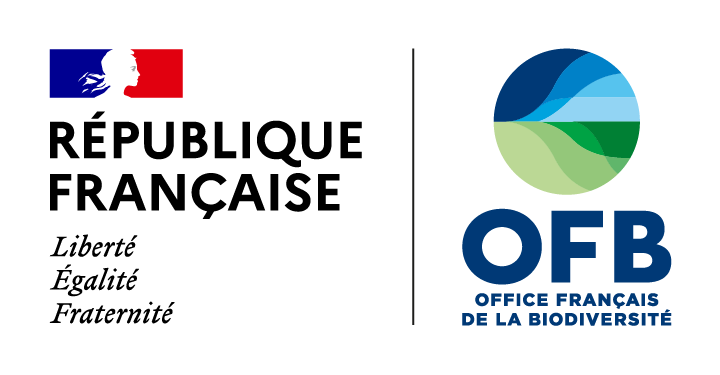Protection of drinking water catchment in Finland
Situation in Finland is quite similar with France. Our drinking water catchments are protected against diffuse pollution (and other risks) with precise legislation:
- Water Act (264/1961), new reform 2012
- Environmental Protection Act, (86/2000), new reform 2014
- River Basin Planning act (based on EU WFD), 2004
- The Act on Water Resources Management (1299/2004)
- Decree on Water Resources Management (1040/2006)
- Decree on Hazardous and Harmful Substance on Aquatic Environment (1022/2006) (<- Groundwater Directive (2006/118/EEC))
- Government Decree on the restriction of discharge of nitrates from agriculture into waters (931/2000) (based on Nitrate Directive (91/676/EEC))
Groundwater reservoirs and artificial groundwater provide 65 % of the national water supply. The share of groundwater is 100 % in a great part of the country and only some of the largest cities use surface water because the amount of groundwater is not sufficient. There are about 2000 groundwater intake plants, which are mainly situated in small glaciofluvial formations. That’s why the main focus is on groundwater protection. In addition to Riverbasin Management Plans and Programmes of Measures other means of groundwater protection are:
- Water intake protection areas, which are based on the Water Act (1961) and include legally-based restrictions with regard to land use in the area. There are over 200 intake protection areas in Finland. The area usually consists of a small part of the total groundwater area*
*) An area (two dimensional) that can be delineated based on geological criteria and within which a soil formation or bedrock zone enables significant groundwater flow or abstraction.
- Groundwater protection plan covers the total groundwater area and aims to ensure the availability and quality of groundwater. Protection plans implemented since the early 1990’s and today plans are established for over 1,000 groundwater areas. The establishing procedure is based on voluntary action and co-operation and the plan is used as a guide in supervision of water legislation, issuing of permits, planning land use, etc.
- Water Safety Plans (WSP) are nowadays produced with a quite new (was finished 2015) web-based risk assessment and management tool for water suppliers. It helps to acknowledge the risks affecting drinking-water quality from catchment to consumer. Our plans are based on prior national guidelines, preparedness plans, common practice at water works, and the WHO recommendations. These plans are not mandatory but recommended and every water work generates an individual WSP that takes into consideration all local risks and the water works special characteristics.




